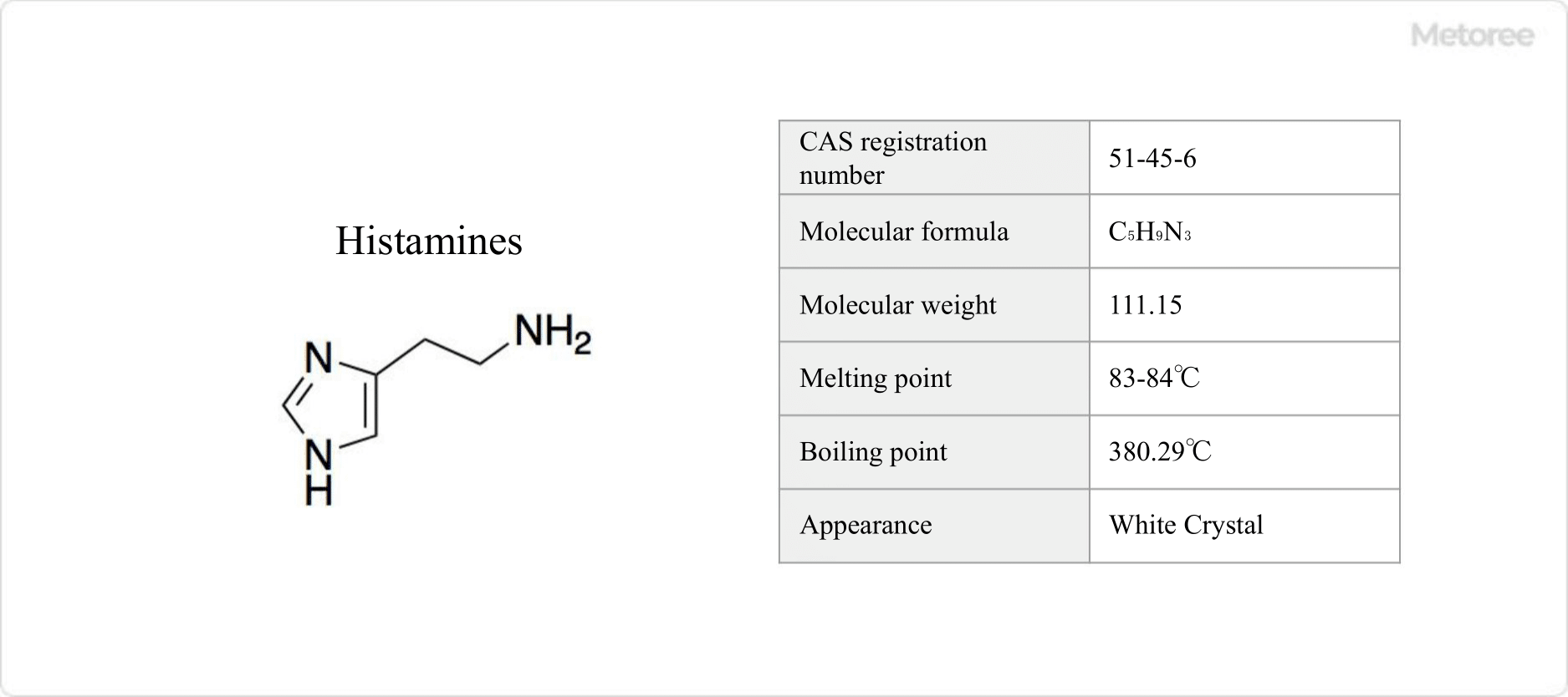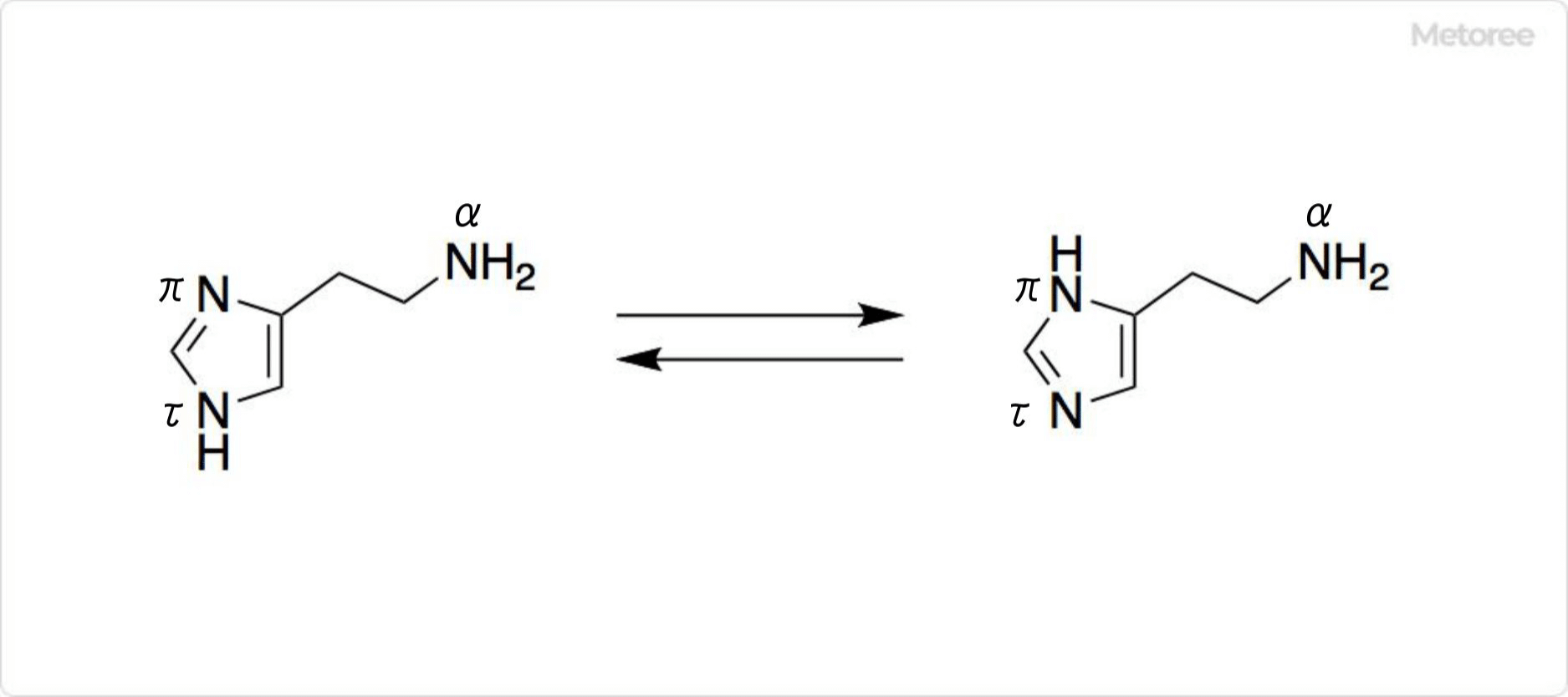What Is Hydroxybutyric Acid?
Hydroxybutyric acid is a derivative of a 4-carbon carboxylic acid with a hydroxy group. It has three linear isomers: α-hydroxybutyric acid (2-hydroxybutyric acid), β-hydroxybutyric acid (3-hydroxybutyric acid), and γ-hydroxybutyric acid (4-hydroxybutyric acid), each located at different positions on the carbon chain. All these isomers share the molecular formula C4H8O3 and have a molecular weight of 104.105.
Uses of Hydroxybutyric Acid
1. Alpha-Hydroxybutyric Acid
α-Hydroxybutyric acid serves as a biomarker for diagnosing colorectal cancer and type 2 diabetes. Elevated serum levels of this acid indicate impaired glucose tolerance.
2. Beta-Hydroxybutyric Acid
β-Hydroxybutyric acid is a precursor for polyhydroxybutyric acid (PHB), a biodegradable plastic material. It is derived from various microorganisms and is valuable in producing environmentally friendly plastics.
3. Gamma-Hydroxybutyric Acid
γ-Hydroxybutyric acid is used in treating narcolepsy and alcoholism and has been approved for therapeutic use in many European countries. Initially developed as an anesthetic, it is now regulated due to its potential for misuse.
Properties of Hydroxybutyric Acid
1. Alpha-Hydroxybutyric Acid
α-Hydroxybutyric acid, a colorless solid with a melting point between 50-54 °C, is an intermediate in amino acid metabolism. It is linked to oxidative stress and produced in tissues, mainly in the liver, through the metabolism of threonine or biosynthesis of glutathione.
Oxidative stress increases glutathione biosynthesis in the liver, leading to a reduction in cysteine, the precursor of glutathione, and the byproduct α-hydroxybutyric acid.
2. Beta-Hydroxybutyric Acid
β-Hydroxybutyric acid, like other ketone bodies such as acetoacetic acid and acetone, serves as an energy source for the brain and muscles during fasting or in diabetic ketosis.
It is also the monomer for polyhydroxybutyrate, a type of biodegradable polyester.
3. Gamma-Hydroxybutyric Acid
Gamma-hydroxybutyric acid acts as a central nervous system depressant and can cause sleep and sex-enhancing effects. However, its overdose may lead to seizures and disorientation.
Structure of Hydroxybutyric Acid
1. Alpha-Hydroxybutyric Acid
α-Hydroxybutyric acid has a hydroxy group on the α-carbon adjacent to the carbonyl group. It has a chiral carbon atom, existing in two stereoisomers: D- and L-forms.
2. Beta-Hydroxybutyric Acid
β-Hydroxybutyric acid, often mistaken as a ketone, actually lacks a ketone group. It has a hydroxy group on the β-carbon. It also has chiral carbon and exists as D- and L-forms, but physiologically, only the D-form is present.
3. Gamma-Hydroxybutyric Acid
γ-Hydroxybutyric acid has a hydroxy group on the γ-carbon from the carbonyl group. It is naturally found in foods like wine, beef, and citrus fruits.
Other Information on Hydroxybutyric Acid
1. Branched Structure of Hydroxybutyric Acid Isomers
Besides linear isomers, hydroxybutyric acid also has branched isomers, such as 2-hydroxyisobutyric acid and 3-hydroxyisobutyric acid.
2. Characteristics of 2-Hydroxyisobutyric Acid
2-Hydroxyisobutyric acid is formed from the hydrolysis of 3-hydroxybutyryl CoA to 2-hydroxyisobutyryl CoA. It’s a precursor to ethyl methacrylate, an important industrial monomer, produced by dehydrating its ethyl ester with phosphorus pentachloride.
3. Characteristics of 3-Hydroxyisobutyric Acid
3-Hydroxyisobutyric acid, a metabolic intermediate of valine, has two optical isomers: D- and L-3-hydroxyisobutyric acid due to its asymmetric carbon atom.


